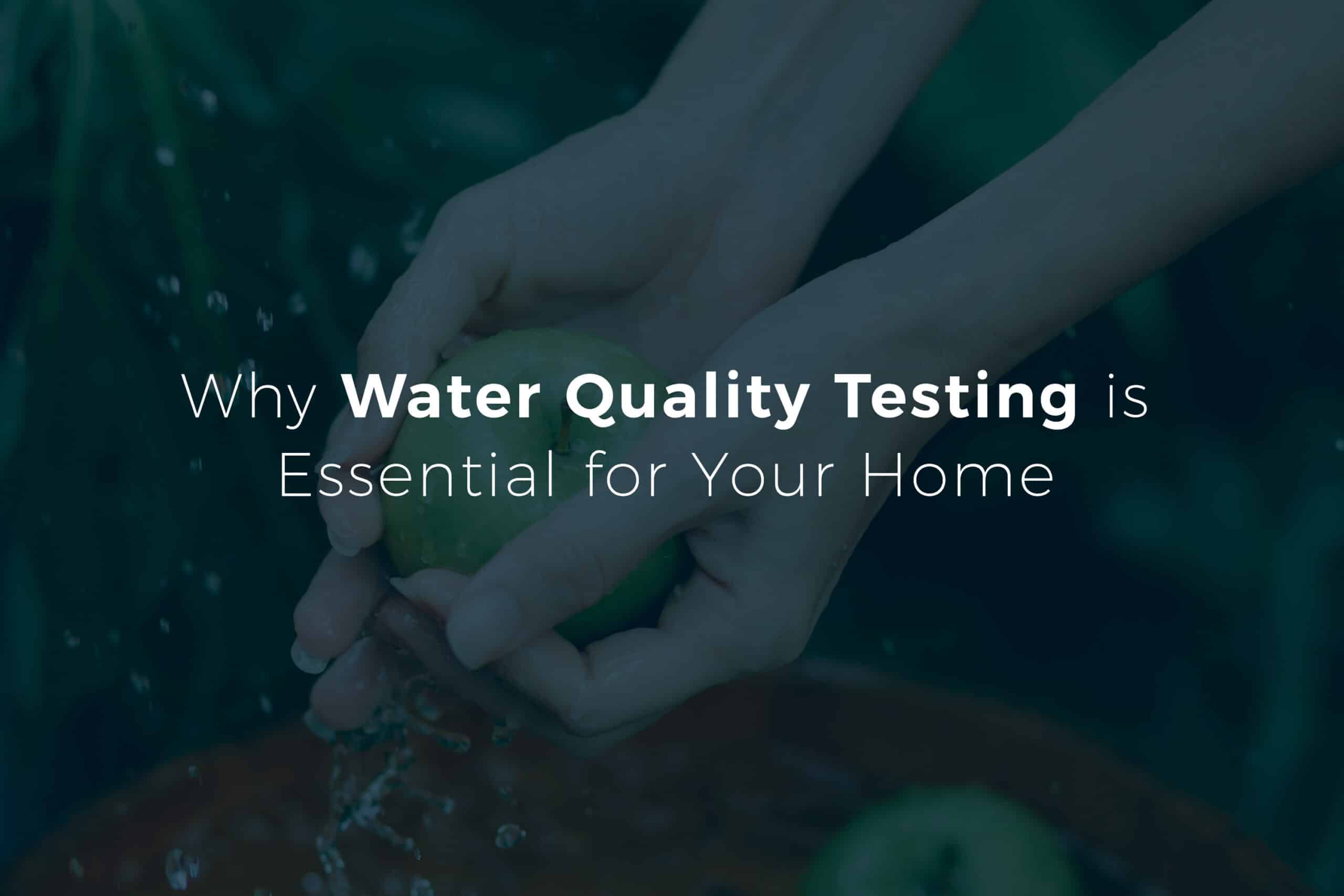
As we all know, you can’t live without water. And more importantly, you can’t live well without clean water. That’s why ensuring the quality of your home’s water supply is crucial for your family’s health and well-being.
That’s where water quality testing comes in—it plays a vital role in identifying potential contaminants and safeguarding against health risks. So in today’s blog, we’re diving into why water quality testing is so important, exploring common contaminants, and discussing the health impacts of polluted water.
Plus, we’ll touch on recent developments, like the EPA’s announcement of $28.7 million for lead pipe replacement in California, under President Biden’s increased budget for water pipe testing.
The Importance of Water Quality Testing
Water quality testing involves analyzing water samples to detect harmful substances and ensure the water meets safety standards. Regular testing is essential for several reasons:
Health Protection:
Contaminated water can lead to various health issues, from stomach problems to chronic diseases. Testing your water helps identify and address potential hazards before they become a risk to your family’s health.
Early Detection of Contaminants: Many water contaminants, like lead, pesticides, and bacteria, are not detectable by taste, smell, or sight. Regular testing helps detect these hidden dangers early.
Regulatory Compliance:
Ensuring your water supply meets local, state, and federal safety standards is crucial. Regular testing helps you stay compliant with regulations and avoid potential fines or legal issues.
Peace of Mind:
Knowing your water is safe and free from harmful contaminants provides peace of mind. You can confidently use your water for drinking, cooking, and other household needs.
Common Water Contaminants
Water can be contaminated by various substances, each with its own health risks. Here are some common contaminants:
Lead:
Lead is a toxic metal that can leach into water from old plumbing systems. Exposure to lead, especially in children, can cause severe health problems, including developmental delays and neurological damage.
Bacteria and Viruses:
Microbial contaminants, such as E. coli and coliform bacteria, can cause gastrointestinal illnesses, including diarrhea, vomiting, and stomach cramps. These pathogens often enter water supplies through sewage leaks or animal waste.
<strong>Pesticides and Herbicides:
Agricultural runoff can introduce harmful chemicals into water sources. Long-term exposure to these substances has been linked to cancer, hormone disruption, and other serious health issues.
Nitrates and Nitrites:
Often found in agricultural areas, these compounds can contaminate groundwater and pose a risk to infants, causing a condition known as “blue baby syndrome.”
Heavy Metals:
Metals such as arsenic, mercury, and cadmium can enter water supplies through industrial pollution and natural deposits. Long-term exposure can lead to various health problems, including kidney damage and cancer.
Chlorine and Chloramine:
Used to disinfect water, these chemicals can react with organic matter to form harmful byproducts, such as trihalomethanes, which are linked to cancer and other health concerns.
Health Impacts of Contaminated Water
The health impacts of contaminated water can vary depending on the type and concentration of the contaminant. Here are some potential health risks associated with common water pollutants:
Gastrointestinal Illnesses: Bacterial and viral contaminants can cause a range of gastrointestinal symptoms, including nausea, vomiting, diarrhea, and abdominal pain. These illnesses can be particularly severe in young children, the elderly, and individuals with compromised immune systems.
Neurological Damage: Lead and other heavy metals can cause significant neurological damage, especially in children. Symptoms of lead poisoning include developmental delays, learning difficulties, irritability, and fatigue.
Cancer: Long-term exposure to certain chemicals, such as pesticides, herbicides, and trihalomethanes, has been linked to an increased risk of cancer. Arsenic, in particular, is a known carcinogen.
Reproductive and Developmental Issues: Contaminants like nitrates, lead, and certain chemicals can affect reproductive health and fetal development. Pregnant women and infants are especially vulnerable to these effects.
Endocrine Disruption: Some contaminants, such as pesticides and herbicides, can disrupt the endocrine system, leading to hormonal imbalances and related health issues, including thyroid problems and reproductive disorders.

Recent Comments